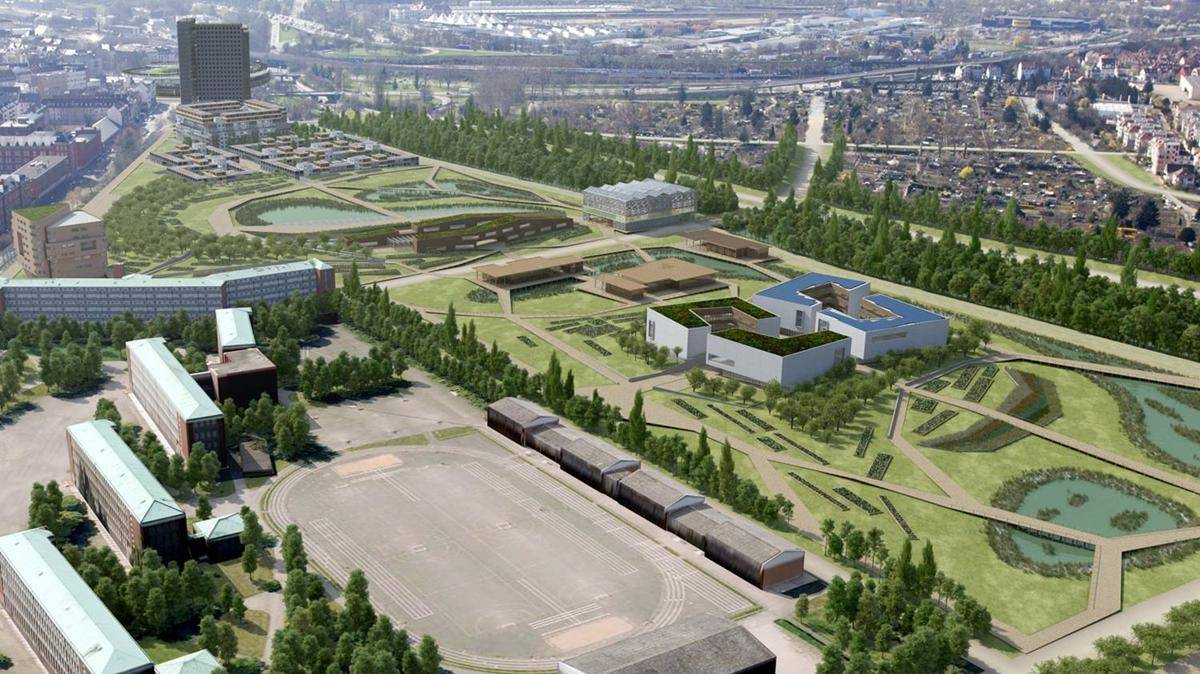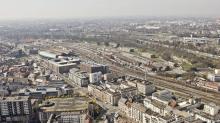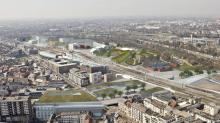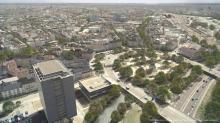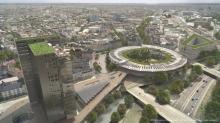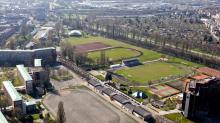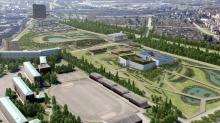Urban renewal in Strasbourg
Sustainable urban development in Strasbourg
The Gare Basse neighborhood
The "Gare Basse" neighborhood, located in the heart of the city at the crossroads of multiple transport infrastructures, represents a zone that is now inert and surrounded by a series of constructed and natural obstacles: a high-speed train station and railroads to the east, ramparts of the city, an arm of the river and the A35 highway to the west.
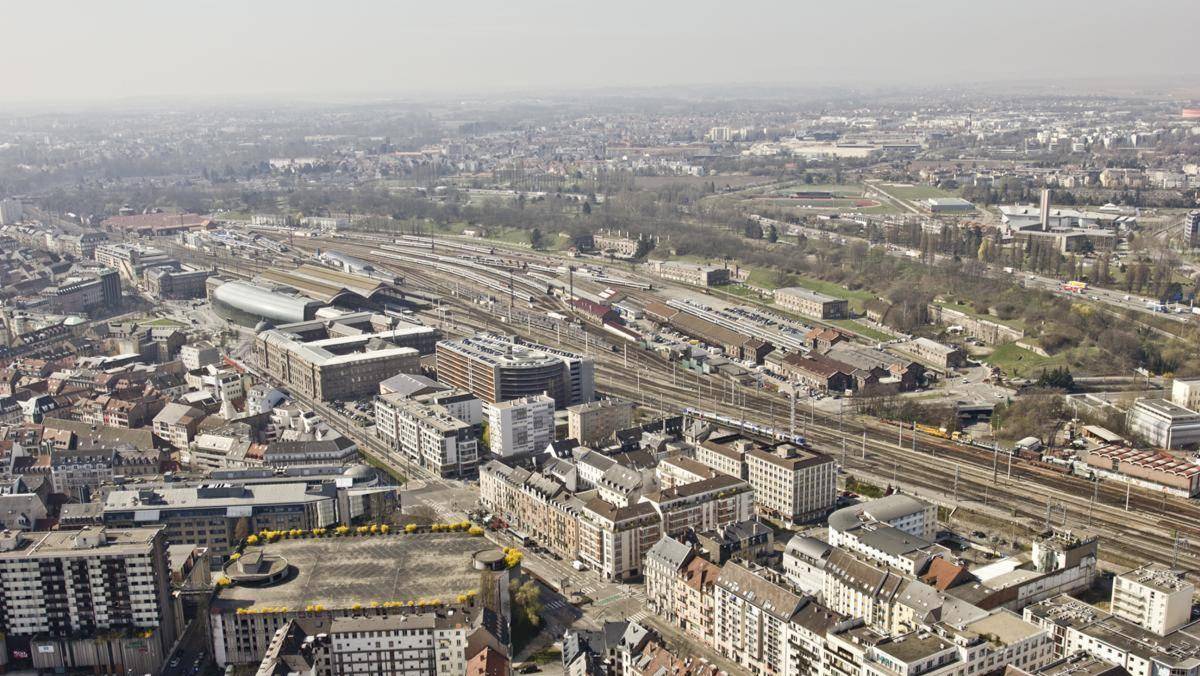
Looking ahead to 2030, the Phosphore teams aimed to reduce the use of land area and the nuisances associated with transport infrastructures while connecting this neighborhood with the urban fabric of the city center and its agglomeration. A multi-modal transport hub associated with stores and a wide range of services make it a place for meeting and living that supports the renewal of the neighborhood.

The Haguenau Square
Haguenau Square forms one of the main gateways of the Strasbourg metropolitan area with its muddle of railroads, a canal, roads and highway entrance and exit ramps. The building called "Maison du Bâtiment" dominates from above the central island developed as an urban park and used as a vast circle for traffic between the center and the periphery.
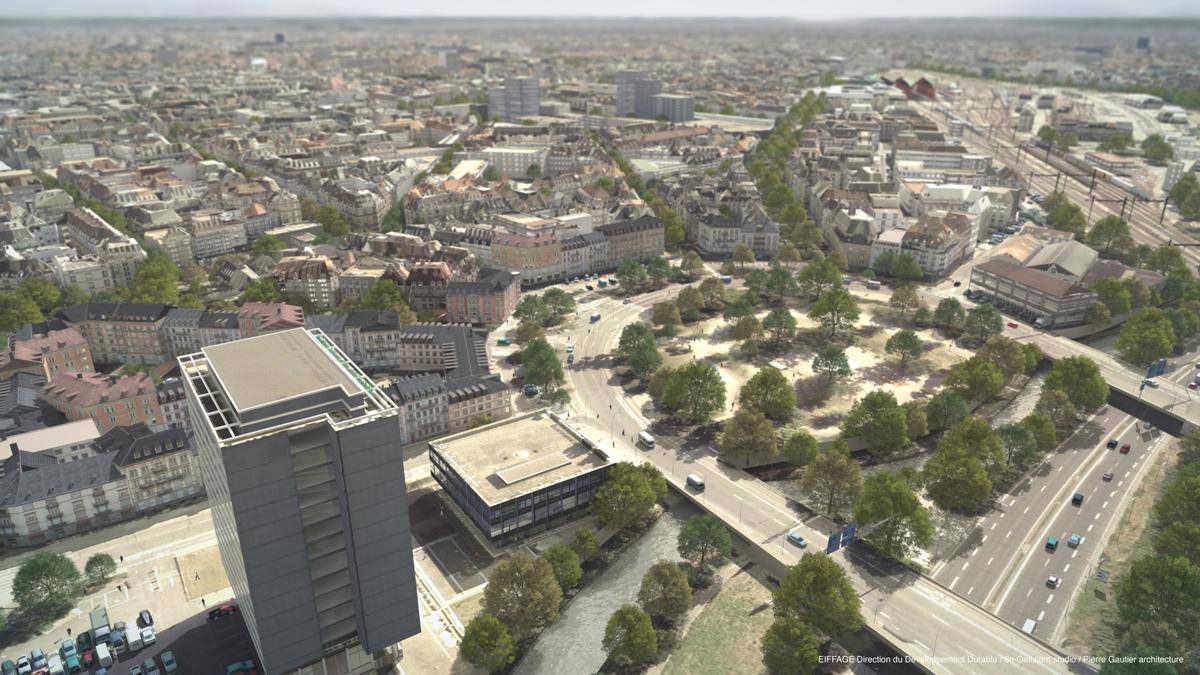
Looking ahead to 2030, the Phosphore teams propose to enhance this complex and functional city entrance landscape while preserving its specific features. A requalification/extension and a complete energy renovation of the Maison du Bâtiment will extend its working life. A new evolutive construction, the “Hive”, will increase the density of the central square which will maintain its function as an urban park and city entrance traffic regulator.
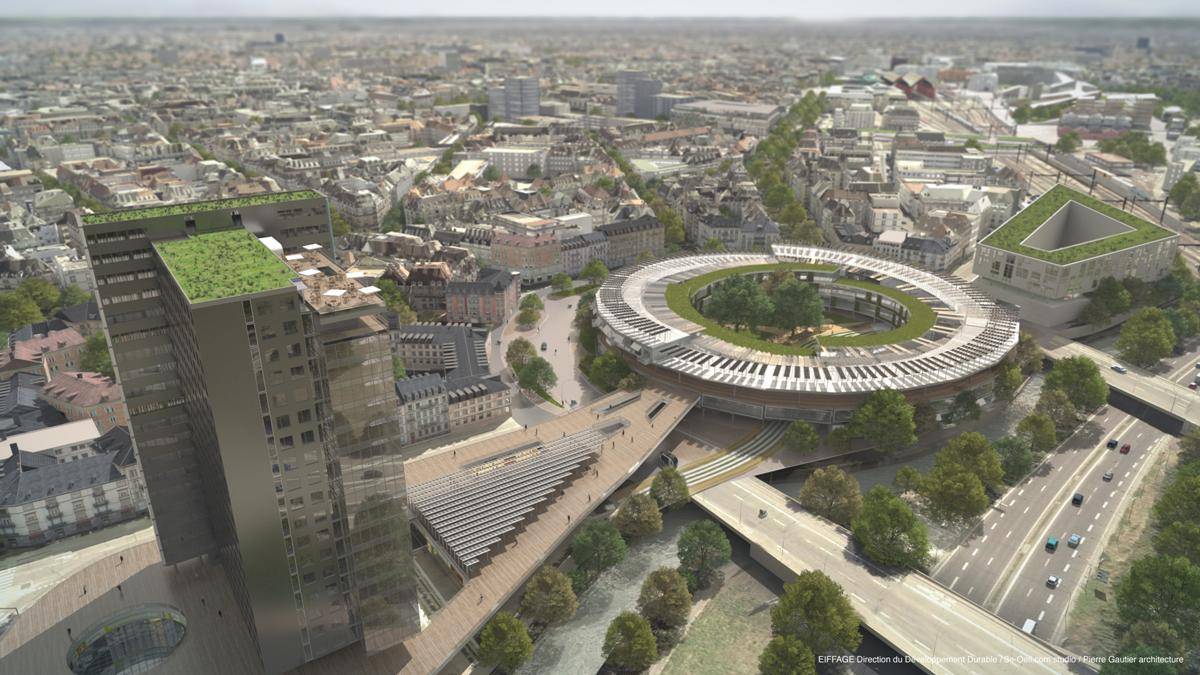
The Wacken neighborhood
The Phosphore teams considered the "Wacken" neighborhood from a double perspective of mixed urban use and respect for the specific features of its territory. The presence of family gardens in the north, the Kléber highschool in the south and the capacity for resilience of this zone subject to flooding significantly influenced the choices made in the development of this area.
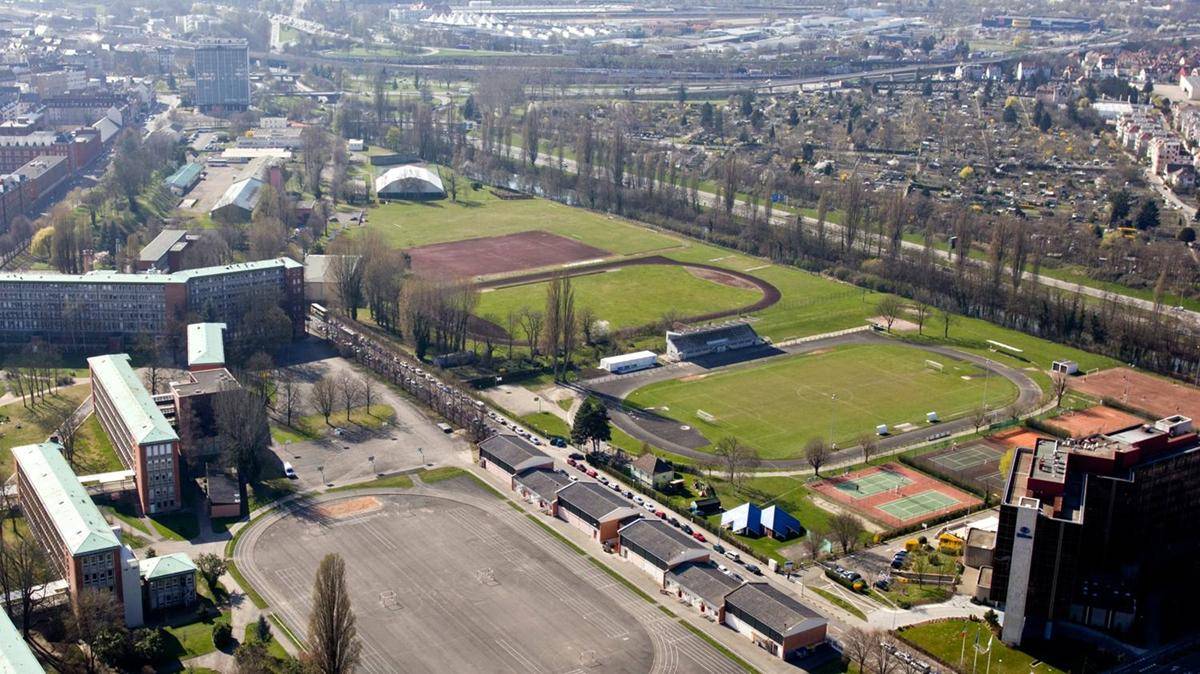
Looking ahead to 2030, a large area of green spaces will host retaining and phyto-filtration basins for rainwater and road runoff water. A natural swimming pool functioning in a closed circuit will play a multiple role of flood prevention and phyto-purification of rain water, while offering families a place for recreational activities. The neighborhood will welcome individual and collective housing units, designed according to an evolving construction mode, and a produce market hall, which will include functions and services that are essential in an urban environment. A teaching center specializing in trades involving water will fit in perfectly in this neighborhood that will welcome many urban ecological services.
